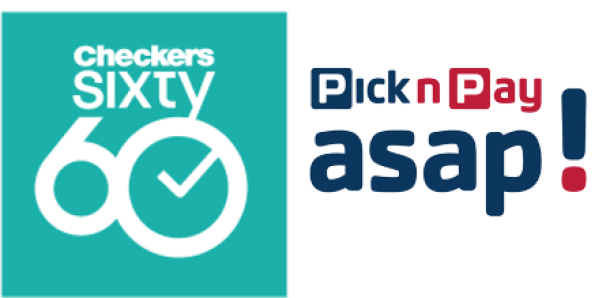Understanding the shopping habits of the disabled consumer
Demographics and buying behaviour are critical for any company to understand consumer preferences and demand. But today’s retailers need to understand shoppers beyond race and gender segments.
Every shopper has a specific need that drives where they shop and what they buy. And disabled consumers are no exception—they have their own unique preference that should command personalized attention from manufacturers and retailers.
More than one in three households in the U.S. has a person that identifies with a disability, representing spending power that exceeds $1 billion, according to the U.S. Census. And this presents ample opportunity for retailers and manufacturers to gain market share. Understanding who these consumers are and what drives their behavior allows retailers and manufacturers a glimpse of the opportunities available within this diverse consumer cohort.
Disabilities span across age, race and gender, and each person has unique skills and abilities that affect their unique desires. Nielsen’s Reaching Prevalent, Diverse Consumers with Disabilities report (also available in Braille) examines six disabilities.

With disabled consumers spending more per trip than their non-disabled counterparts, as well as making five more trips per year, knowing where they shop is valuable information. Consumers with disabilities spend 82% more in convenience/gas stores, 53% more in dollar stores and 17% more in mass merchandisers than the average consumer.

Knowing where consumers shop is only half the battle, knowing what they buy is equally important in ensuring you reach your intended audience. Consumers with disabilities over index on a number of categories in the grocery store, including pet food and pet care (20% and 19% more than non-disabled consumers, respectively), medication (22%) and carbonated beverages (19%).

Also important to shaping retailers view of disabled consumers are the categories where these shoppers spend significantly less than non-disabled consumers. Categories where disabled consumers under index include personal care items (skin care 33% less and hair care 20% less) along with baby items, including baby food (28% less), disposable diapers (27% less) and baby needs (24% less).
Understanding who these consumers are and what drives their behavior will give manufacturers and retailers—as well as marketers and advertisers—a glimpse of the opportunity with one of the most present and perhaps most overlooked segments of the U.S. consumer.
News Category
- International retailers
- On the move
- Awards and achievements
- Legislation
- Wine and liquor
- Africa
- Going green
- Supplier news
- Research tools
- Retailer trading results
- Supply chain
- Innovation and technology
- Economic factors
- Crime and security
- Store Openings
- Marketing and Promotions
- Social Responsibility
- Brand Press Office
Related Articles

Checkers Sixty60 wipes floor with Pick n Pay As...

Top tips for consumers to combat escalating ele...

Clear winner in South African retail battle

Drinks survey reveals Rooibos as a top choice a...


